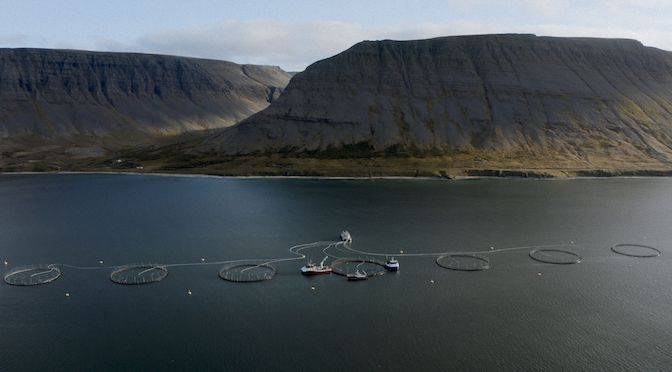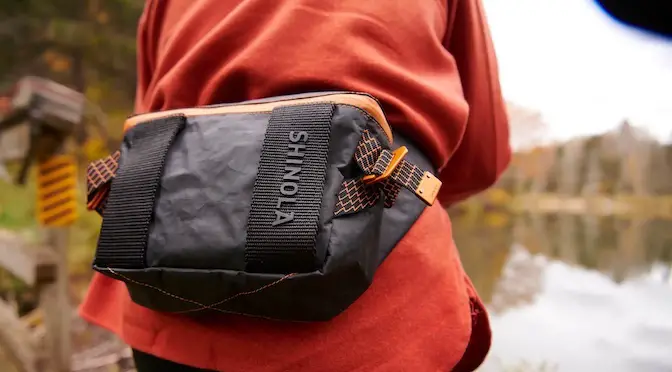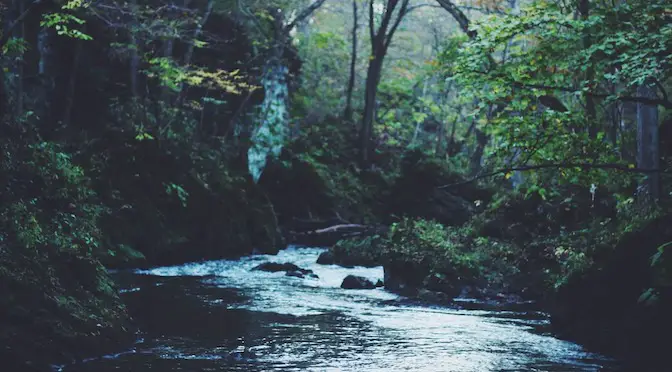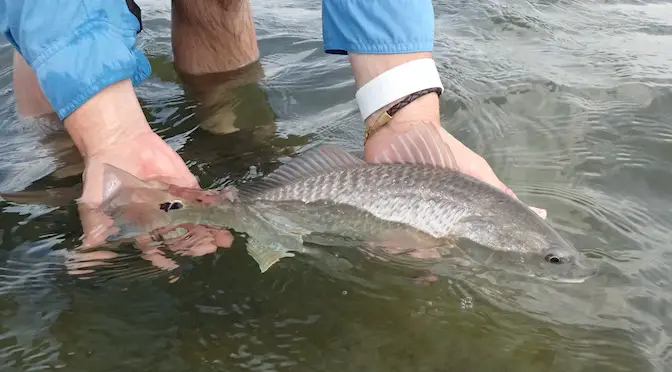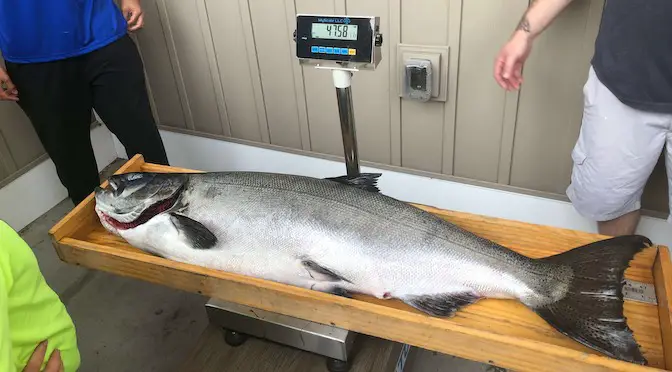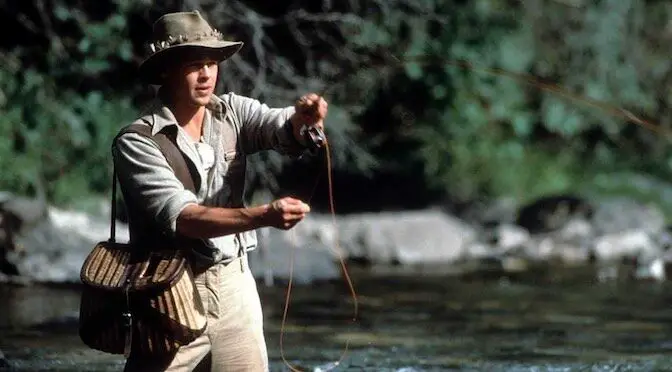Last updated on January 10th, 2024.
- The Fascination of Multi Spawning Salmon - April 7, 2020
- What Provides Value to Salmon Fishermen? - January 15, 2018
After four generations of study we have learned and documented a lot about the extraordinary life of the Atlantic Salmon.
For me, one of the most interesting and intriguing species on the planet. But why? What makes this species so fascinating?
The 150 years or so of serious study has revealed so much. However much remains unknown about this fish. One of the most interesting things is, the more we seem to find out about the king of fish, the less fish we have and more their numbers decline. No matter how we look at it, there’s no place to hide from this strange and somewhat embarrassing fact.
Although we know a great deal in order to arrest the overall decline of wild Atlantic Salmon, it would seem we simply don’t know enough! Or do we? Could it be that we’ve simply not correlated enough of what we do know? Did we come up with the correct course of action to help arrest this decline!?
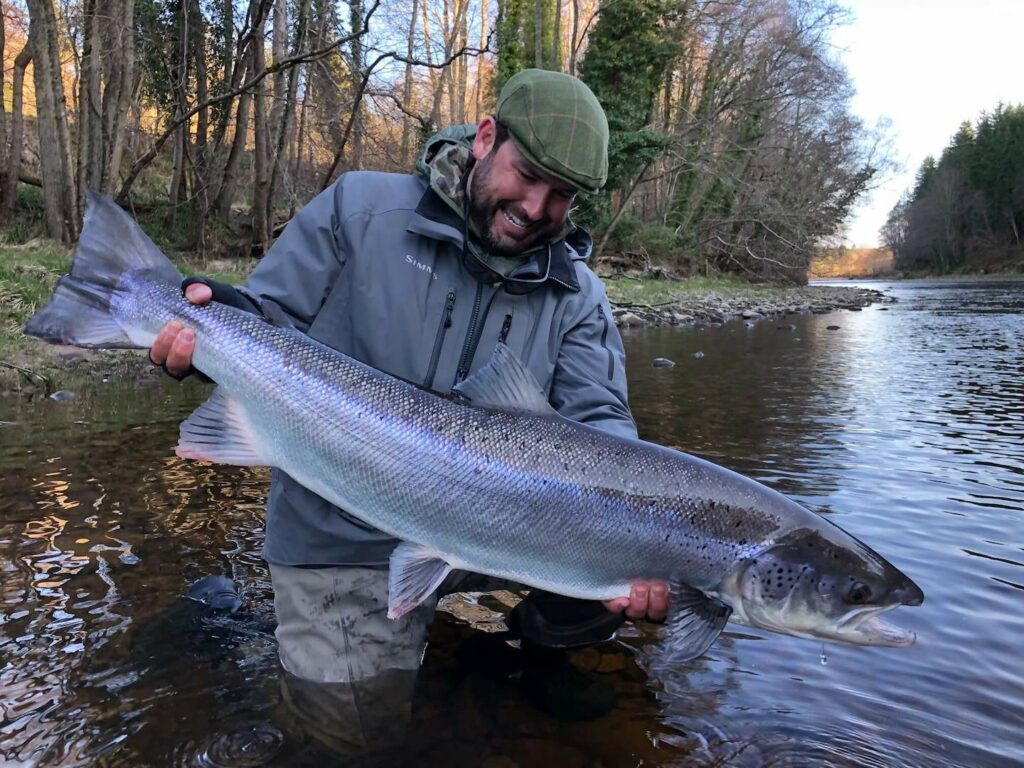
A Rare Recent Catch
A fish caught on the River Findhorn recently caught mine, as well as the attention of a large chunk of the salmon fishing community. The salmon weighed an estimated 30lb, the most incredible beast. Especially so, because as we can see, obviously it was a female fish. Of course, there were the usual online arguments about its size. Fishermen also questioned if it even was a “fresh fish” at all. To me, the question whether it was 25lbs or 35lbs wasn’t relevant at all. An immediate thought intrigued me: That’s a previous, or multi spawner!
Much information is now readily available regarding those fish. However my personal interest goes back to the early 1990s. That was a time when fewer people knew about or were interested in those fish. Throughout Scotland and the UK, this lack of interest ensured they simply disappeared in the overall statistics of every fishery. However, could it be that those fish, or the lack of them, have played a major part in the demise of salmon across Scotland, certainly the East Coast rivers. But why? My own feeling is they are one of nature’s insurance policies.
I have a deep interest in the subject matter and am an inquisitive mind. Arthur J Hutton’s fantastic book, “The Life History of The Salmon” first drew my attention. It is a book written in 1924 and full of fantastic information gathered over a lifetime of studying salmon on the River Wye. It’s here that I first heard about “multi spawning” salmon. I have been intrigued by them ever since.
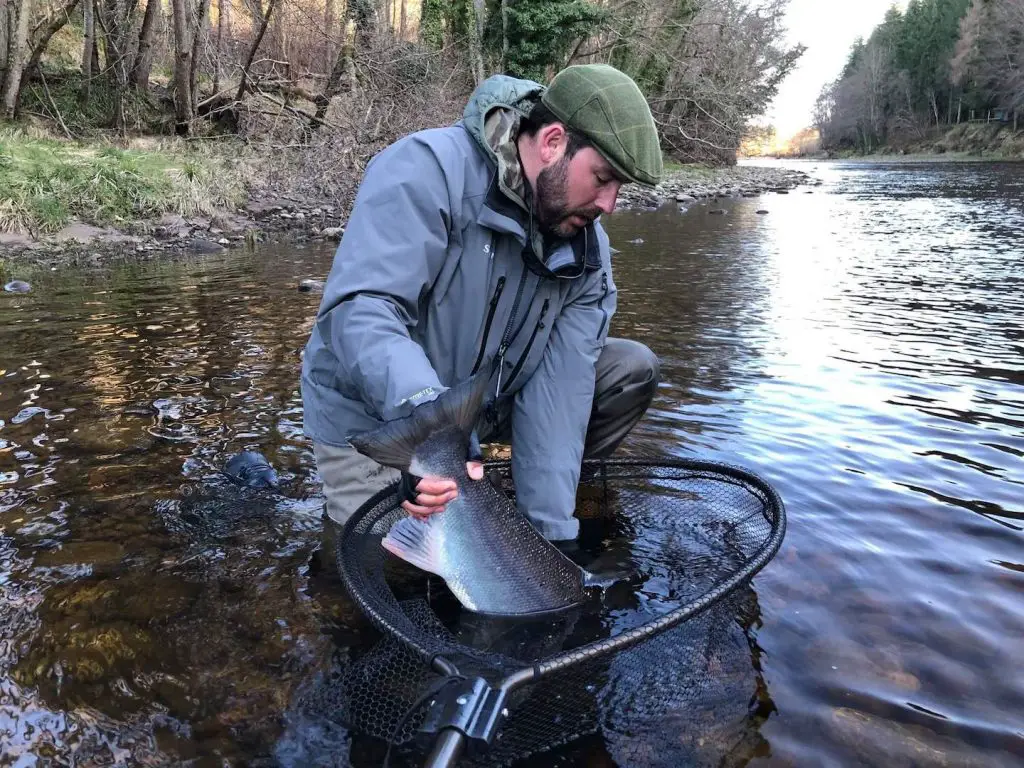
What is a Multi Spawning Salmon?
Well, it’s pretty much as it says on the tin: a salmon that’s returning to fresh water for a second time, to spawn for a second time. I.e. having spawned the first time, it’s returned to the ocean as a kelt. There it began feeding again, put back on more condition/muscle, before returning to spawn in the river for a second time. Over the past 30 years they have become a rare fish indeed!
A typical Spey salmon, making its maiden visit to the river to spawn for a first time, caught in May/June [The height of the spring run] will be female and weigh 11 – 14lbs [6Kg]. However, a multi spawning female salmon arriving in the river in May and June for its second visit, after already spawning once, will almost always weigh 20lbs+. Because of their abnormal size [for a hen salmon] they are generally easier to distinguish from the others.
One of the first signs to look for after the weight are spots on the head. Maiden fish have “few”, if any spots on the head. Most multi spawners tend also to have a longer and leaner over all shape. However, the best way to find out whether they are a multi spawner is by taking a scale sample. This will tell you beyond any shadow of doubt. Although the size and shape of the fish combined with the spots are a very good way of identifying multi spawners.
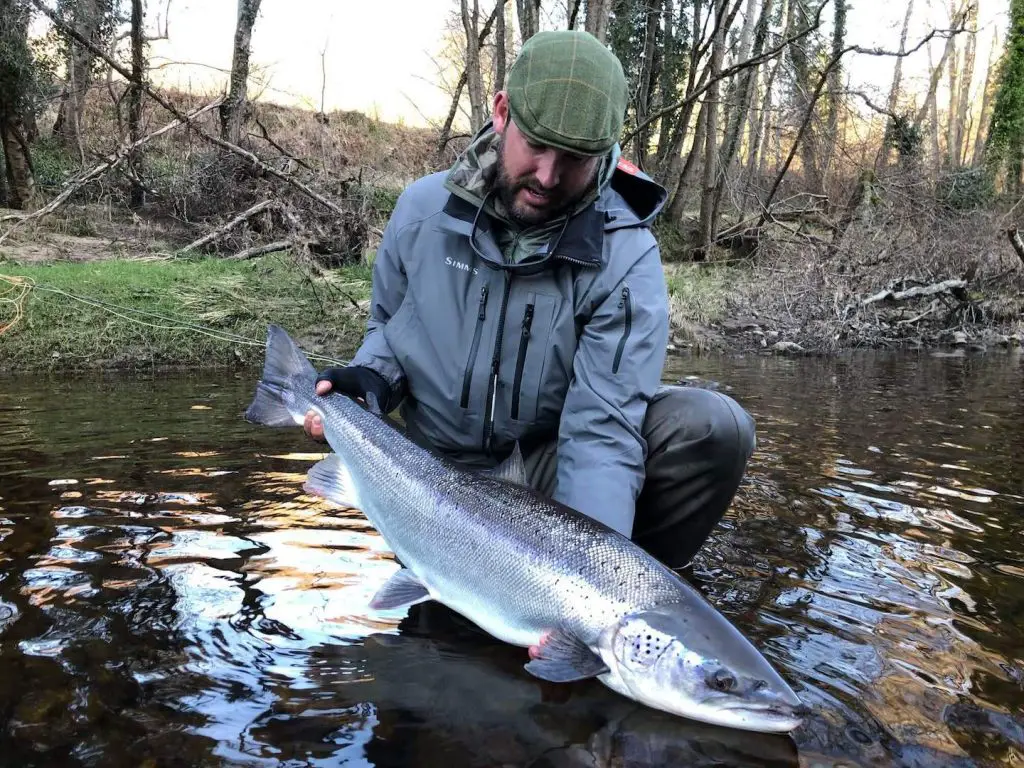
Most Salmon Spawn only Once
Most salmon in Scotland [99.9%] will now spawn just the once. A large number never make it back to the ocean again. Those that do are hovered up by the ever larger number of predators waiting for them. Was this always the case? The answer to this is no!
Over the past 30 or so years, seal and dolphin populations have increased greatly. Until the 1940s the UK was a whaling nation. Whalers also killed seals. At this time their skin and oils had value, were a commodity. So hunting meant numbers were low.
Here’s the connection: during this period [1840 – 1940] predator numbers around our coastline were at an all-time low. Hence multi spawning salmon had a better than “natural” chance of running the gauntlet of predators in the ocean and getting back to the river for a second time.
In his book, Hutton mentions a figure of 5 –7% for multi spawners in the Wye during his period of study [1890 – 1920s]. This information is based on him personally sampling over 25,000 scales taken from fish caught in nets. Unfortunately, similar studies carried out in Scotland at this time were not as extensive. However, those smaller studies did show clearly that numbers of previous spawning fish were higher than they now are. Back in the late 1990s, over a three-year period, I did my own personal experiment. I sampled just under 600 scales looking specifically for one of those. I never found one, not one single previous spawner. The only one I saw was a couple years later when a friend’s daughter caught her first salmon. It was a 23lb hen fish which showed all the characteristics and on reading the scale was proved to be a multi spawner.
What Makes these Salmon such an Important Cohort?
This is where it gets interesting. Let’s look at a grilse (ca. 5lbs) as opposed to a multi sea winter salmon (ca. 12lbs). The size of the egg laid by one, is bigger than of the other. If we then think of a hen fish weighing 25lbs, the size of the egg from this fish is bigger again. What is the relevance of this?
Think about Alvin’s [small salmon] emerging from the gravel with their little yolk sac full of food. It keeps them going until, after the winter months, the river begins to warm up. Only then natural food becomes available again. Logic would dictate they are better equipped to deal with any shortage of food at the end of spring. They live in a world where a week’s more supply of food and water temperature rising by half of one degree is the difference between life and death. Then the fact your mum was a big fish is going to be relevant!
On such years with consistently long harsh winters, or a return of winter in late spring, the progeny of grilse [small eggs, limited food] would not do too well. Interestingly, during such winters in the 40s – 70s we had few grilse in out east coast rivers. The insurance policy of a longer supply of food at this stage provides the progeny of our multi spawners with a much better chance. Logic would again dictate that. In such years those fish could have made up a much higher percentage of future juvenile fish. Throughout the animal world we see examples of the strongest fittest surviving over their smaller weaker siblings.
A Special Year in History
Back In 1986, when I was young and silly, I fished almost all my spare time. To my own rod I caught five salmon over 20lbs. Two of these were female and in all probability were previous spawners. I’ll have not been the only one. I know this was a good year for big salmon, not only in Scotland but across the North Atlantic, even Iceland. Sadly, such fish have been a rarity for many years now. Like so many other things relating to this species, this is simply another little thing that slid under the radar. It went unnoticed but undoubtedly will have had a part to play in the demise of the species. How big a part we can only surmise and debate. The time for real research, at the latest would have been the 1980s when significant numbers remained. The species and our rivers are now very different to where they were at that time.
One interesting thought is, those fish in the reconditioning unit on the Tay will all be such fish! Just so not to confuse here, this will not have been the main reason. It will be one of many factors combined that have dealt the wild salmon yet another blow. Death by a thousand cuts.
As a footnote regarding the fish in the picture: the fact the damage was all to the lower part of the fins is also consistent with a multi spawner and not a farmed fish. We will never know for sure but this one had certainly all the hallmarks of one of those now rarest of rare fish. However, it will still be in the Findhorn and may just be captured again, in which case, grab a scale.
This article was originally posted on Ian Gordon’s salmon fishing blog.
Read more from him here
Ian Gordon offers salmon fishing trips in Scotland, Norway and Iceland.
You can find more info on his website: www.speyonline.com

